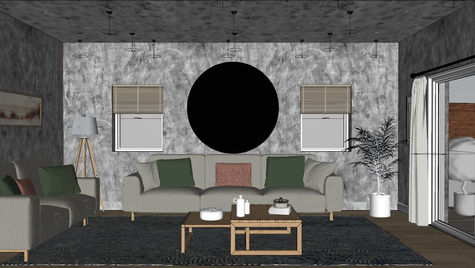Future Trends in Architectural Visualisation
top of page

NEWS, ARTICLES & STORIES
Keep up to date with all your industry's’ goings-on. Follow us for tips, tricks and techniques that could improve your V-Ray for Sketchup workflow. Sign-up to our mailer and be kept in the loop.
Discover our news for allV-Ray lovers, packed with valuable content for V-Ray enthusiasts. Explore how-to's, case study projects, and partnership demos, staying informed and inspired in the dynamic world of V-Ray. Join our passionate community and unlock endless possibilities.
bottom of page

























